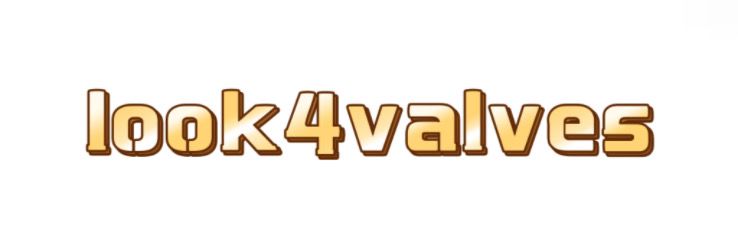Edge Tracking Laser Cutter vs. Traditional Laser Cutters: Which Wins?
Edge Tracking Laser Cutter vs. Traditional Laser Cutters: Which Wins?
The debate between edge tracking laser cutters and traditional laser cutters is ongoing. Each type has its advantages and disadvantages, and the best choice depends on specific requirements. Let's explore the main differences.
1. What is an Edge Tracking Laser Cutter?
An edge tracking laser cutter is a modern machine designed to automatically follow the edges of a material. It uses advanced sensors and software to detect the edges, ensuring that the cutting process is precise and efficient. This is particularly beneficial for complex shapes and intricate designs.
2. How does it differ from Traditional Laser Cutters?
Traditional laser cutters require manual alignment of the material. The operator must ensure that the material is placed correctly before starting the cut. While these machines can produce high-quality cuts, they may be less efficient for complicated designs due to the need for manual input.
3. What are the advantages of Edge Tracking Laser Cutters?
Edge tracking laser cutters offer numerous benefits, including:
Related links:Key Considerations to Keep in Mind When Choosing an Edge Tracking Laser Cutter
- Increased Precision: The sensors help maintain accuracy, particularly for intricate cuts.
- Faster Setup: The automatic tracking reduces the time needed to align materials.
- Less Human Error: With automated features, the risk of mistakes due to misalignment is minimized.
- Higher Efficiency: These cutters can handle complex designs more easily, enhancing overall production speed.
4. What about the advantages of Traditional Laser Cutters?
The Advantages of Utilizing a Gypsum Powder Grinding Machine
How Does a Coffee Bean Grinder Work?
On the other hand, traditional laser cutters still hold certain advantages:
- Cost-Effective: They are typically less expensive than new technology like edge tracking machines.
- Reliability: Traditional machines have been around longer and are considered tried-and-tested.
- Flexibility: They can be versatile for various applications, as operators can manually adjust settings for different projects.
5. Which should you choose?
The choice between edge tracking and traditional laser cutters depends on your specific needs:
- If you deal with complex designs and need high precision, an edge tracking laser cutter may be the better option.
- For straightforward cutting tasks and budget constraints, a traditional laser cutter could be more suitable.
6. Conclusion
Both edge tracking laser cutters and traditional laser cutters have their strengths. Understanding your needs, budget, and the complexity of your projects will help you make an informed decision. Whether you opt for advanced technology or a reliable traditional machine, both can produce excellent results when used appropriately.
For more information, please visit Table Slitter, High End Pneumatic Film Laminator.



